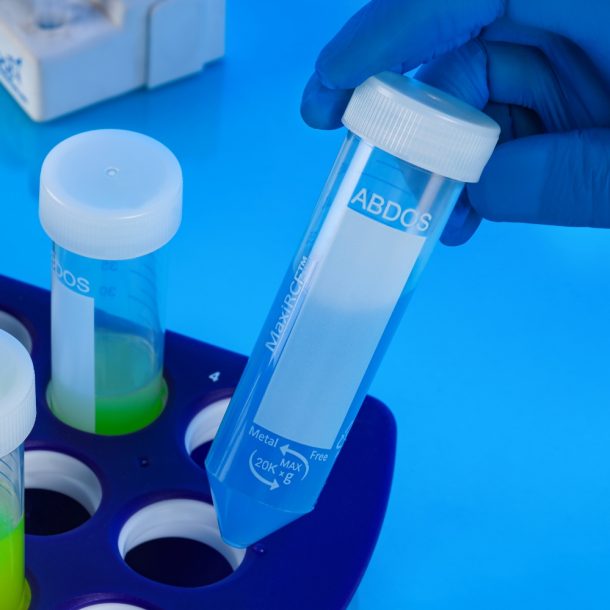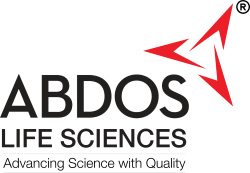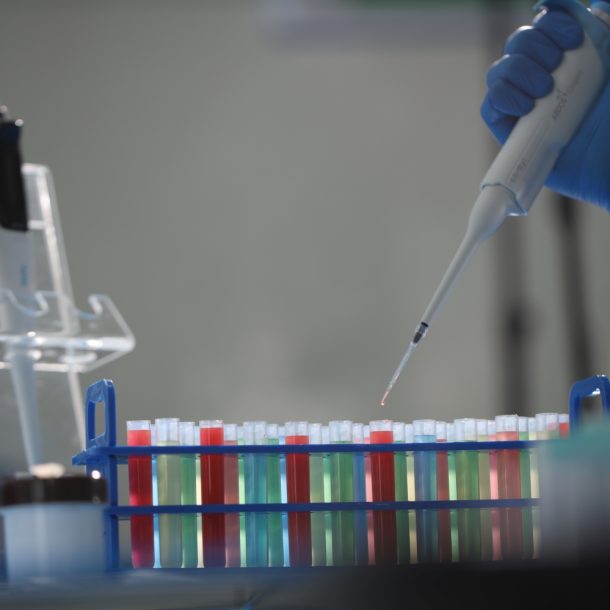
Why Choose RT-PCR ? Unveiling Its Significance and How the Abdos AmpQlear PCR Range Elevates Your RT-PCR Experience!
The principle of RT-PCR (Reverse Transcription Polymerase Chain Reaction) involves two main steps: reverse transcription and polymerase chain reaction (PCR). Initially, RNA is converted into complementary DNA (cDNA) using the enzyme reverse transcriptase, which synthesizes cDNA from the RNA template—this is crucial because PCR requires DNA. Following this, the PCR amplification process takes place through repeated cycles of heating and cooling.
During denaturation, the mixture is heated to separate the cDNA strands, then cooled for the primers to anneal to their target sequences. Finally, the temperature is raised again for DNA polymerase to extend the primers, synthesizing new DNA strands. This process results in exponential amplification of the target cDNA, enabling sensitive detection and quantification of RNA levels in the original sample, making RT-PCR an invaluable tool for studying gene expression and RNA detection.
What Makes RT-PCR Indispensable in Molecular Biology?
RT-PCR is particularly valued for its high sensitivity** and **specificity** in detecting low levels of viral RNA or other target RNA sequences. Here are some key reasons for its importance:
1. Rapid Detection and Quantification: RT-PCR quickly detects and quantifies RNA from samples, making it ideal for time-sensitive diagnostics.
2. High Sensitivity: The process can detect low-copy RNA molecules, making it effective for early-stage diagnosis.
3. Specificity in Target Identification: By amplifying only target sequences, RT-PCR provides specific and reliable detection of pathogens, even in complex samples.
4. Broad Applicability: Beyond infectious disease detection, RT-PCR is widely used in gene expression studies, cancer research, and other applications.
Discover how the Abdos AmpQlear PCR Range empowers your RT-PCR journey
Choosing the right consumables is essential for obtaining reproducible and robust PCR results, thereby contributing significantly to the success of the experiment.
While most PCR tubes and strips work with both thermal cyclers and qPCR instruments, compatibility does not ensure optimal outcomes. Since real-time quantitative PCR involves both amplification and analysis within the same tube, selecting a qPCR tube or strip that effectively supports both functions is crucial. Hence, we bring you the Abdos AmpQlear range.
- Abdos AmpQlear range has an exceptionally uniform wall thickness, ensuring even thermal transfer and homogenous reaction conditions, producing better results.
- Made from the highest quality USP Class VI medical grade virgin Polypropylene (PP)
- Manufactured in ISO Class 8 clean rooms, we ensure our AmpQlear range is free from any detectable levels of Bacterial DNA, Human DNA, RNA, Pyrogen, ATP, DNase, RNase, PCR inhibitors.
- Abdos AmpQlear range is IVDR certified.



